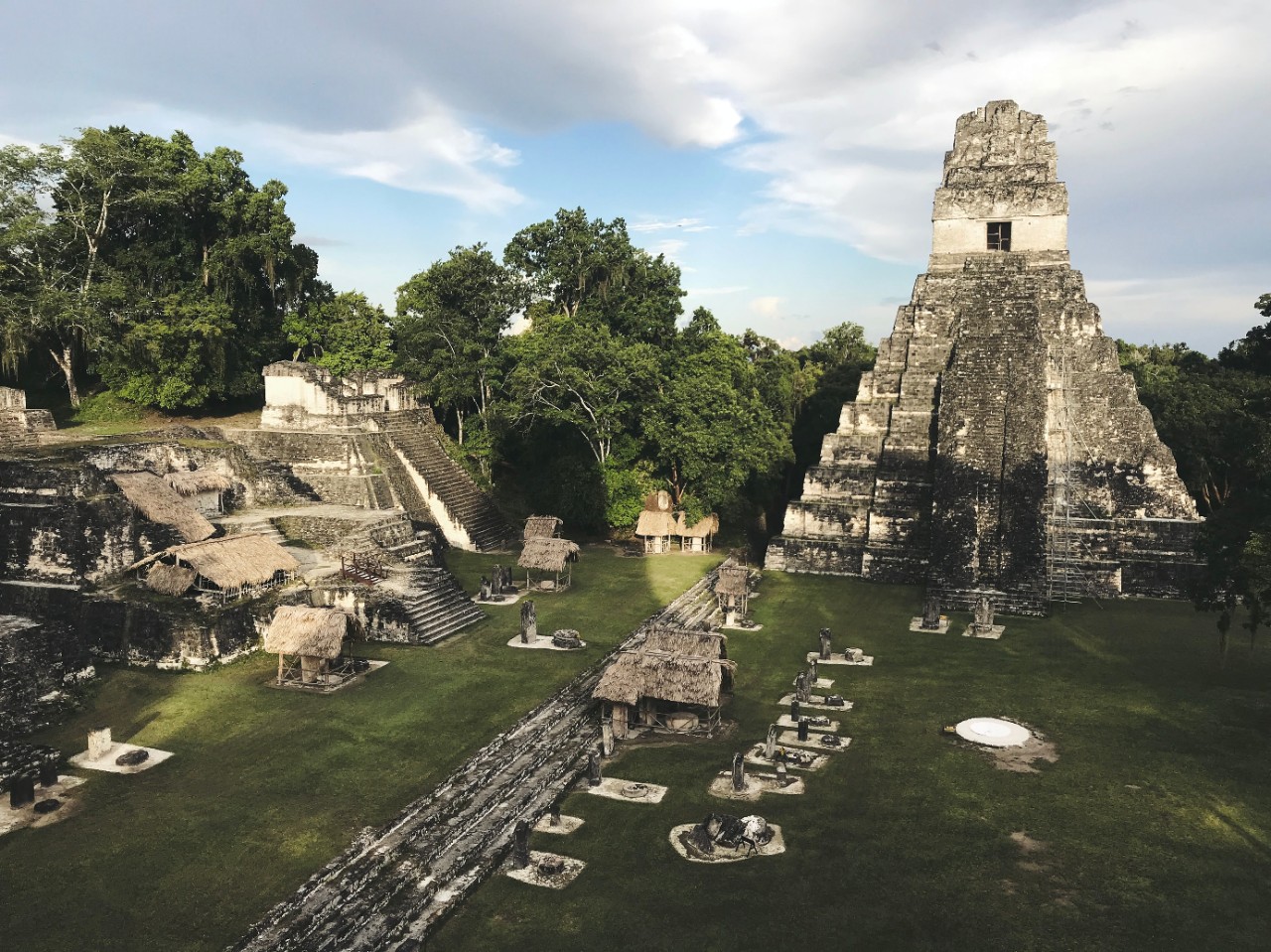
Smithsonian: UC researchers uncover ancient Maya water filtration
UC archaeologists discover sophisticated filtration system at Tikal
Smithsonian Magazine highlighted the discovery by University of Cincinnati archaeologists of an advanced filtration system in the ancient Maya city of Tikal.
UC anthropology professor Kenneth Barnett Tankersley led a multidisciplinary archaeology team that included biologists and geographers in what is now northern Guatemala.

Kenneth Tankersley. Photo/Provided
They found that the ancient Maya imported natural minerals, including quartz and zeolite, for a water filtration system in the Corriental reservoir, believed to be an important source of drinking water for residents of the prehistoric city.
UC’s discovery was published in the journal Scientific Reports.
“What’s interesting is this system would still be effective today and the Maya discovered it more than 2,000 years ago," Tankersley said.
Science Magazine also joined the international media that took interest in UC's findings.
Tikal was a bustling city for about 1,000 years, reaching its peak of population density around the seventh century, according to Science.
“It was one of the preeminent Maya cities,” UC geography professor Nicholas Dunning told Science.
Featured image at top: The ancient Maya city of Tikal in Guatemala. Photo/Jimmy Baum/Wikimedia Commons
UC's ancient Maya insights in the news

A temple rises above the rainforest in the ancient Maya city of Tikal. Photo/David Lentz
Yahoo! News: Ancient Maya built sophisticated water filters that 'would still work today'
Daily Mail: Ancient Maya water purification system 'would still work today,' study shows
Science Daily: Ancient Maya built sophisticated water filters
The Independent: Ancient Mayan societies built sophisticated water filters using materials used in modern purification systems
Daily Express: Archaeology news: Maya built water filtration systems that would be effective today
Sci-News: Ancient Maya used zeolite and quartz to filter drinking water
The Science Times: New archaeological dig finds advanced water filters from Maya civilization
Related Stories
Donors drive record-breaking support for UC and UC Health
July 22, 2025
Generous donors have propelled the University of Cincinnati and UC Health to a historic fundraising year, contributing an unprecedented $228,479,079 in support.
Jet engine-powered growth in southwest Ohio’s small towns
July 21, 2025
The Cincinnati Business Courier recently reported that manufacturing giant GE Aerospace plans to invest over $100 million into its southwest Ohio facilities this year. According to the Courier, the investment is likely to create new jobs and drive economic growth between Cincinnati and Dayton.
UC students help to organize weekend medical clinic held at...
July 21, 2025
Thanks to a collaborative effort among Remote Area Medical Volunteers Corps, the University of Cincinnati's student chapter of RAM and Anthem Blue Cross and Blue Shield, Tristate residents had access to free medical care this weekend — no questions asked.
